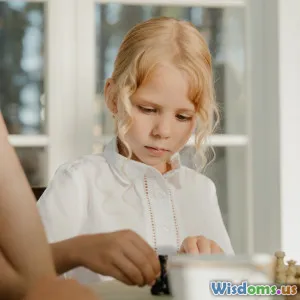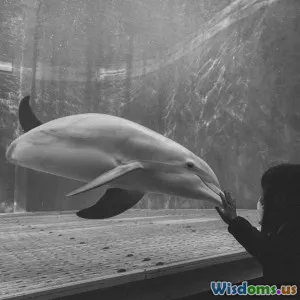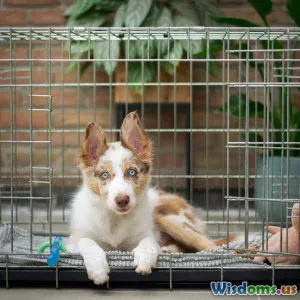
The Role of Pets in Child Development
6 min read Discover how pets contribute to children's emotional, social, and cognitive growth. (0 Reviews)
The Role of Pets in Child Development
Pets are more than just companions; they play a significant role in the holistic development of children. From fostering emotional connections to teaching responsibility, pets can profoundly influence a child's growth. In this article, we will explore how pets contribute to various aspects of child development, supported by research and real-life examples.
Emotional Development
One of the most significant benefits of having pets is their ability to enhance emotional development. Studies have shown that children who grow up with pets tend to exhibit higher levels of empathy and emotional intelligence.
Building Empathy
Caring for a pet helps children understand emotions better. When a child sees a pet in distress, they learn to respond with empathy, understanding that their actions can affect others' feelings. For instance, a child who comforts a sad dog or cat learns to recognize and respond to emotional cues, a skill that translates into their interactions with peers and adults.
Reducing Anxiety
Pets also provide comfort and security. The presence of a pet can ease anxiety and stress in children. Research has indicated that simply petting a dog or cat can release oxytocin, a hormone associated with bonding and stress relief. This bond can be particularly beneficial for children who may struggle with anxiety or social situations.
Social Skills Development
Pets can also be pivotal in enhancing social skills. Children learn valuable lessons about communication, cooperation, and sharing through their interactions with pets and others involved in pet care.
Promoting Communication
Owning a pet encourages children to express their feelings verbally and non-verbally. For example, a child might narrate their day to their pet, practice speaking aloud, or even develop storytelling skills as they engage creatively with their animal. This practice can enhance their confidence in social situations.
Fostering Teamwork
When children are involved in caring for a pet, they learn to work together with family members. For instance, feeding the pet, walking it, or grooming it can become shared responsibilities that require teamwork. This collaboration nurtures social bonds and teaches children the importance of working together towards a common goal.
Responsibility and Routine
Having a pet requires routine and responsibility, which can be exceptionally beneficial for children.
Teaching Life Skills
Daily tasks such as feeding, walking, and grooming pets teach children about responsibility. They learn the importance of consistency and commitment. For instance, a child who feeds their pet every day develops a sense of routine and accountability, skills that are essential in both academic and personal life.
Handling Loss and Change
Pets also prepare children for experiences of loss and change. Dealing with the death of a pet or experiencing changes in the pet's health can teach children about grief and coping mechanisms. This exposure can help them navigate other significant changes in life, fostering resilience.
Cognitive Development
The presence of pets can also enhance cognitive development in children. Engaging with pets can stimulate curiosity and learning.
Encouraging Exploration
Children learn about animal behavior, biology, and care through their interactions with pets. This curiosity can lead to a deeper understanding of science and nature. Moreover, the responsibility of caring for a pet can improve organizational skills and time management as children plan their day around their pet’s needs.
Conclusion
In conclusion, pets play a vital role in child development, contributing to emotional, social, and cognitive growth. The lessons learned through pet ownership extend far beyond the household, equipping children with essential skills for their future. As a result, integrating pets into a child's life can be a fulfilling and enriching experience for both the child and the animal. By fostering empathy, responsibility, and communication, pets can truly be seen as valuable partners in the developmental journey of children.
Rate the Post
User Reviews
Popular Posts





















